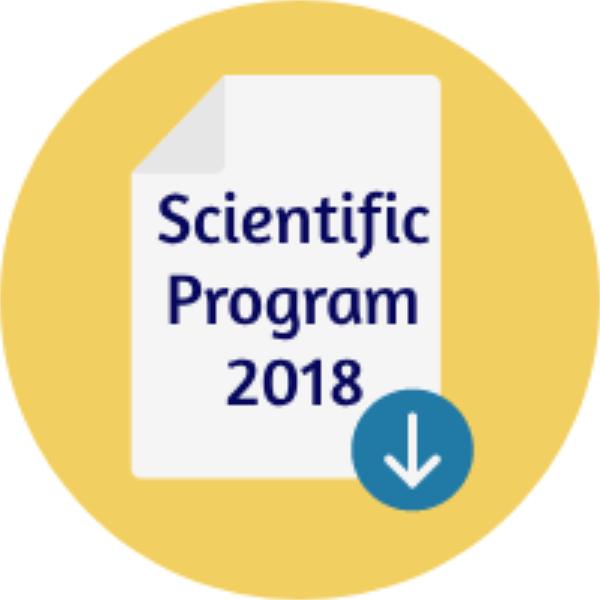
Tomasz Tuzimski
Medical University of Lublin, Poland
Title: Optimization of extraction conditions (QuEChERS/d-SPE) and quantitative analysis of xenobiotics (pesticides, dyes, medicines, bisphenols) in food products and biological samples using high-performance liquid chromatography (HPLC) combined with modern detection techniques
Biography
Biography: Tomasz Tuzimski
Abstract
Bisphenols are a class of chemicals with two hydroxyphenyl functionalities, which include bisphenol A (BPA) and several analogues such as bisphenol S (BPS), bisphenol F (BPF), and bisphenol B (BPB). As industrial chemical, BPA is widely used in the production of polycarbonate plastics (used in food contact materials, such as food containers, baby food and water bottles), epoxy resins (used as internal coating in canned food and beverage to prevent the food to get in contact with the metal wall and the deterioration of cans) and as an antioxidant in polyvinyl chloride (PVC) plastics in materials intended to come into contact with food (packaging cling films). Considering the similarity in the structure of various analogues can migrate from food containers. Due to their fat content, both breast and dietary milk could be polluted by many xenobiotics characterized by lipophilic properties. Breast milk, milk of lactating cows and dairy products are widely consumed by infants, children and many adults throughout the world and occurrence of quantifiable amounts of BPA represents a matter of public health concern. Due to the ability to accumulate in organisms and in the food chain, BPA may also affect the development of subsequent generations. The breastfeeding could represent a source of exposure to infants, because BPA tends to persist for extended periods of time and infants can be more susceptible to adverse effects resulting from chemical exposures, due to the rapid mental and physical changes that take place during prenatal and neonatal periods. Despite the reported levels in food are generally considered safe, the occurrence of BPA residues in breast milk and dairy products should be considered significant in terms of potential human-health risk. The aim of the paper was determination of xenobiotics (bisphenols, pesticides, dyes, medicines) in breast milk samples and food products.

